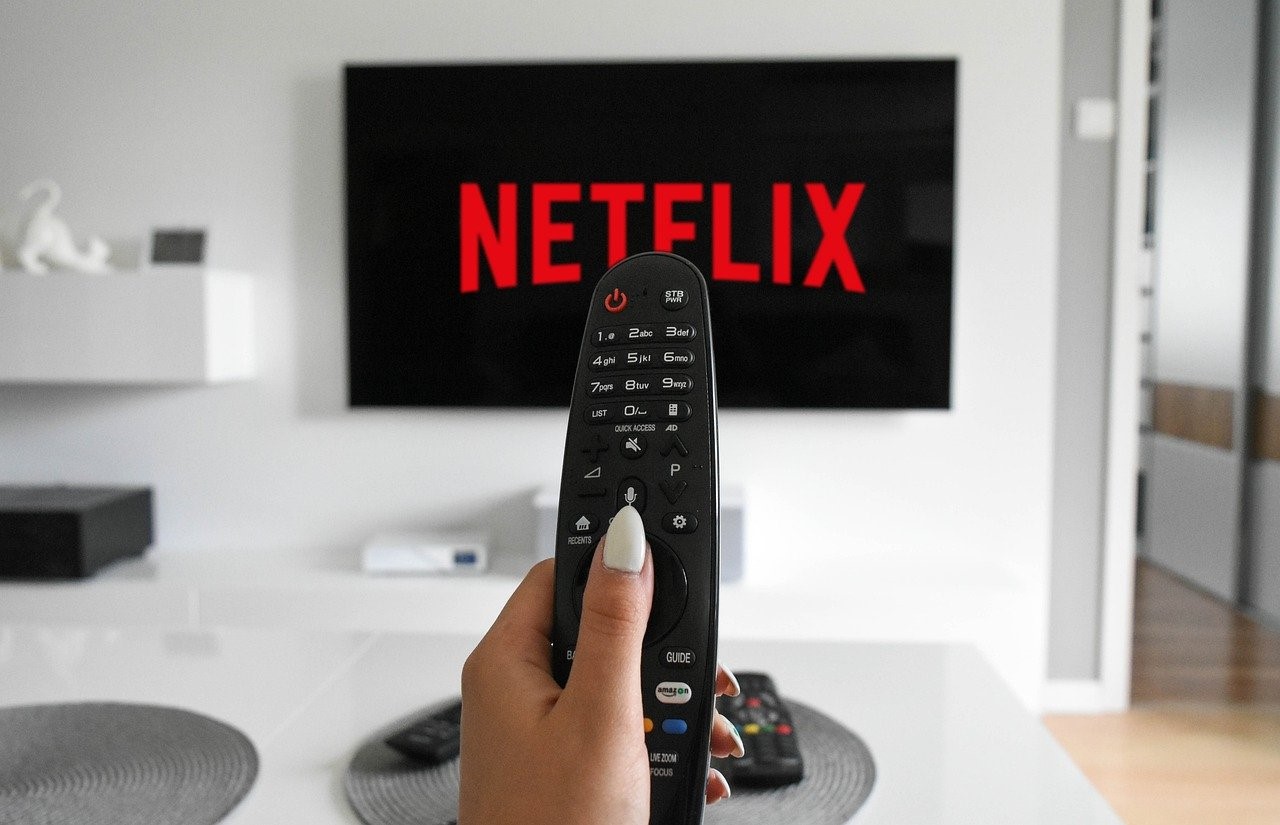More than one quarter (27%) of U.S. cable subscribers plan to cut their subscriptions by the end of the year, according to pandemic cord cutting research from the Future of TV survey by The Trade Desk. About 15% cut the cord in 2020.
The Trade Desk attributed the acceleration on cord cutting to a combination of factors: Budgets are tight among consumers due to job losses and streaming services have increased. In 2020, streaming accounted for 68 percent of TV viewing, according to the survey.
While sports programming had traditionally kept people connected to cable, the pandemic shortened the seasons of most professional sports, eliminated the 2020 NCAA men’s and women’s basketball tournaments and shorted or eliminated many college sports seasons. As a result, only half as many consumers (30%) cited sports as a reason for maintaining a connected service as did nine months earlier, according to the survey.
“COVID has accelerated cord-cutting trends that were already underway, to a point where less than 50 percent of U.S. households today have a cable subscription. It’s not because U.S. consumers have fallen out of love with TV, but that there are now more convenient ways of consuming it. That even applies to traditional cable mainstays, such as live sports,” said Tim Sims, chief revenue officer, The Trade Desk, in a prepared statement about the pandemic cord cutting research. “As more broadcasters launch and expand their streaming services, these gaps are only going to widen.”
Among the survey’s other findings:
- More than half (51%) of U.S. consumers are unwilling to spend more than $20 in total per month on streaming subscriptions.
- U.S. TV viewers are more than five times more likely to prefer free or low-cost streaming TV with ads over streaming services with higher monthly subscription fees without ads.
As Telecompetitor earlier reported, more than half of U.S. broadband households – 58 million homes — will not use a service from a multi video programming distributor (MVPD) by 2025, according to a forecast from The Diffusion Group.



